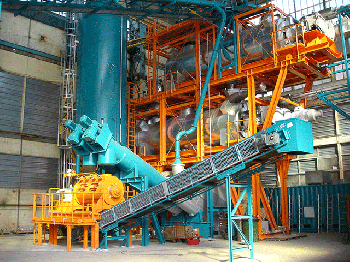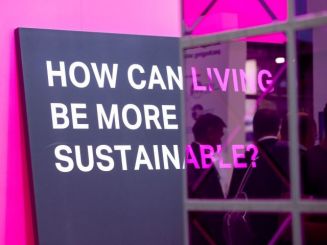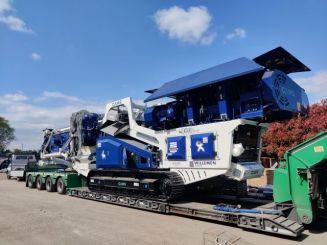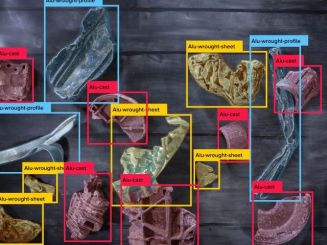
Rehabilitation of Industrial Wastelands: Vacuum Distillation is thorough, economic and environmentally friendly
“In Europe contaminated soil is usually disposed of at permanent landfills for hazardous waste or recycled thermally in rotary kilns with a huge energy expenditure and at high temperatures“, says Reinhard Schmidt, CEO at econ industries. “Besides problems such as land consumption and the possibility of contamination of groundwater and air, this way of proceeding has another serious disadvantage; the contaminated soil needs to be transported – sometimes even all across Europe.
Additionally the elevated air pollution caused by the trucks fuelled with diesel as well as the constant risk of accidents, with the hazardous cargo, are omnipresent.” On the other hand modern vacuum distillation plants effectively cleanse the contaminated soil and also sustainably relieve the roads.
These arguments also convinced the French energy company AREVA as well as the regional representatives of Miramas, a small town in Southern France, to opt for the environmental technology made in Germany. A vacuum distillation plant has cleansed roughly 70.000 tons of soil which was primarily contaminated with mercury, PCB (polychlorinated biphenyl) and aromatic nitrogen compounds until fall 2015.
By employing vacuum distillation such contaminants can be evaporated almost entirely from the soil and are then condensed as a liquid. In contrast to the thermal treatment in the rotary kiln no pollutants are released with the exhaust gas. A hermetically sealed dryer, in which the soil is heated under vacuum conditions, is the core element of the environmentally friendly process.
The low pressure level – equal to only the twentieth part of normal atmospheric pressure – causes the boiling point of the pollutants to sink. Thus the energy requirement and the CO2 emissions of the system are drastically reduced in comparison to the levels reached by employing the rotary kiln. Furthermore the depositing of the cleansed soil in landfills is unnecessary in most cases and the reutilization as on-site filling material thus becomes a feasible option.
Schmidt’s’ summary of the situation: “Especially the project in Miramas, France has shown that a technology which is thorough, economical and environmentally friendly will always have a chance, when decision makers also consider the interests of residents and environment, besides the sheer costs of disposal.”














